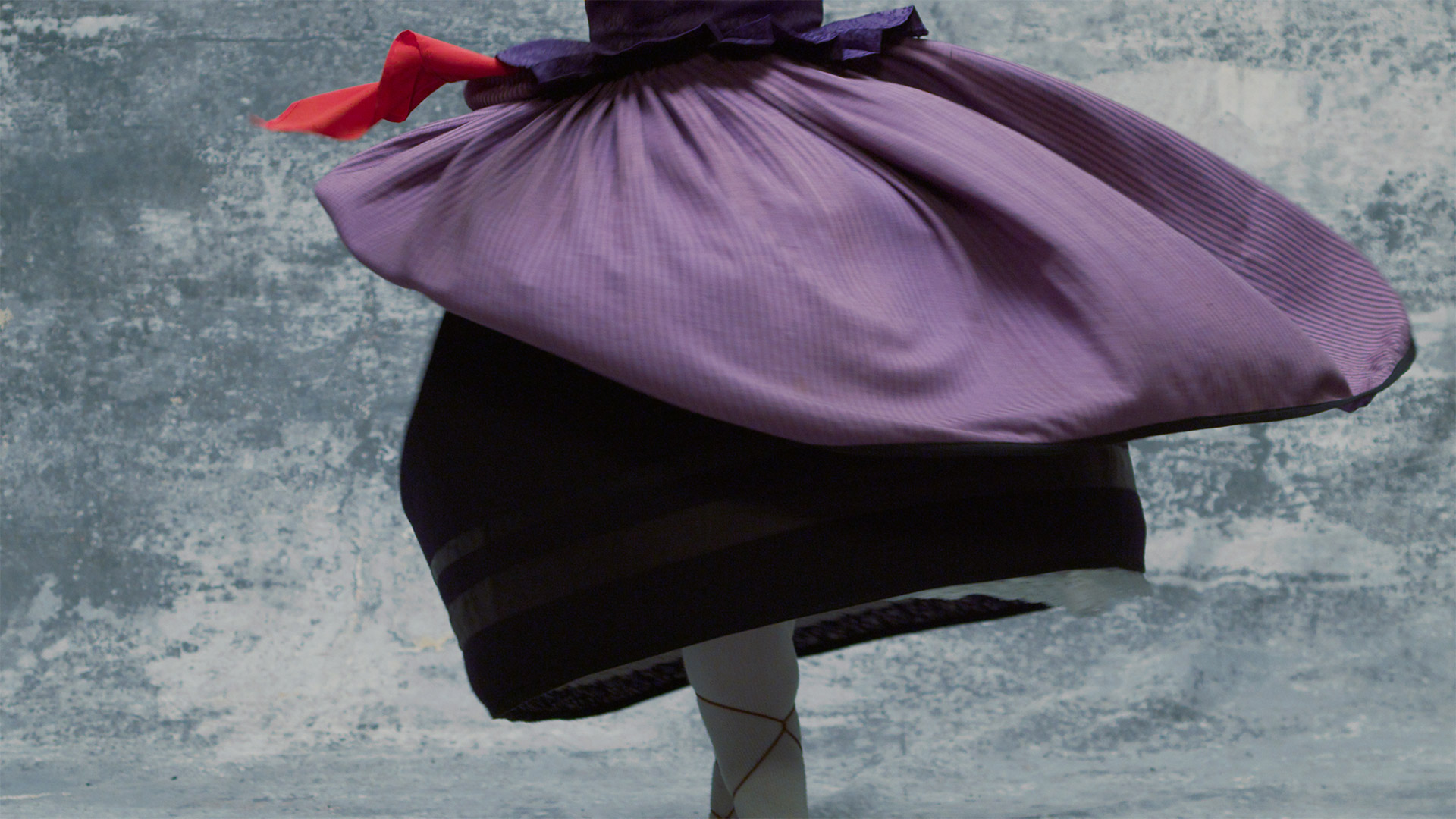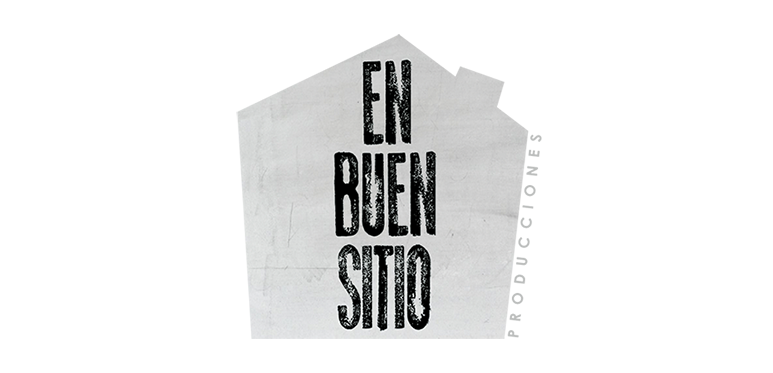Navarra inmaterial – Nafarroa inmateriala
Credits ↴
Book ↴
® All rights reserved 2025
Baile de la Era
Larrain-dantza
La Era Dance
CAST
|
EUS
|
ENG
Traje
Danza
Música
Trajea
Dantza
Musika
Costume
Dance
Music
Estella
Tamara Comas García
Mikel Ocariz Ormaetxea
Tamara Comas García
Mikel Ocariz Ormaetxea
Lizarra
Tamara Comas García
Mikel Ocariz Ormaetxea
Tamara Comas García
Mikel Ocariz Ormaetxea
Estella
Tamara Comas García
Mikel Ocariz Ormaetxea
Tamara Comas García
Mikel Ocariz Ormaetxea
“La Era es la danza más virtuosa del folclore estellés. Somos siete hermanos, y hemos bailado todos en el grupo de danzas”.
La danza en Estella-Lizarra hunde sus raíces en los siglos XVII y XVIII. La coreografía nació con motivo de la visita de Alfonso XIII en 1903, y tras años sin bailarse se recuperó para las fiestas en honor a la Virgen del Puy desde el 25 de mayo de 1933.
Desde la década de los 80 es un número obligado de las fiestas en Estella, Sangüesa o Tudela. Su nombre se debe, según unos a que se bailan algunas melodías en forma de círculo, y según otros a que antiguamente el lugar escogido para interpretarlo solían ser las eras, espacios circulares para la trilla. Consta de números distintos, con música y coreografía propia: Ingurutxo, Cadena, Jota Vieja, Vals, Fandango, Boleras y Corrida.
El de Estella es el más famoso porque son sus gaiteros Julián Romano “Pico de ángel”, su sobrino Anselmo Elízaga y los hijos de este los que lo han conservado. La ordenación actual de las melodías se debe al también estellés y gran folklorista P. Hilario Olazarán.
“Larrain-dantza Lizarrako folklorearen dantzarik bertutetsuena da. Zazpi anai-arreba gara, eta guztiok dantzatu dugu dantza-taldean”.
Estella-Lizarran dantzaren sustraiak XVII. eta XVIII. mendera arte iristen dira. Koreografia Estella-Lizarran jaio zen 1903an Alfontso XIII.ak hirira egin zuen bisitaldi baten harira. Ez zen urteetan dantzatu, baina Puyko Ama Birjinaren omenezko festetarako berreskuratu zen 1933ko maiatzaren 25ean.
Laurogeiko hamarkadaz geroztik Lizarra, Zangoza eta Tuterako festetako ezinbesteko emanaldia da. Dantzaren izenaren jatorriari dagokionean, zenbaiten arabera, melodia batzuk zirkuluan dantzatzen zirelari zor zaio; beste batzuen aburuz ordea, antzina melodia hori larrainetan –garia jotzeko espazio zirkularrak– jo ohi zelako du izen hori. Hainbat atalez osatuta dago eta haietako bakoitzak musika eta koreografia jakin bat du: ingurutxoa, katea, jota zaharra, balsa, fandangoa, bolerak eta korrikaldia.
Ezagunena Lizarrakoa da, izan ere, bertako gaiteroak diren Julián Romanok –“Pico de ángel” ezizenez ezagutzen dena–, haren iloba Anselmo Elízagak eta azken horren semeek kontserbatu dute. Gaur egungo melodia-hurrenkera ere lizartar bati zor zaio, P. Hilario Olazarán folklorista bikainari, hain zuzen ere.
“La Era is the most virtuous of Estella’s traditions. We are seven siblings, and we all have participated in the dance group.”
Dance in Estella-Lizarra has its roots in the 17th and 18th centuries. The choreography was born in 1903 when king Alfonso XIII visited the town, and it was recovered years later for the festivities in honour of Our Lady of Puy on May 25, 1933.
It became an institution since the eighties in the festivals in Estella, Sangüesa and Tudela. According to some, the name comes from certain melodies that are danced in a circle; another theory is that in the old days it was danced in “eras,” circular spaces for threshing. It involves different routines with their own music and choreography: Ingurutxo, Cadena, Jota Vieja, Vals, Fandango, Boleras and Corrida.
La Era dance of Estella is the most famous because it features bagpipers such as Julián Romano “Pico de Ángel,” his nephew Anselmo Elízaga and Elízaga’s children who have preserved it. Folklorist P. Hilario Olazarán, also from Estella, devised the current series of melodies.
Ver detalles:

1
2




